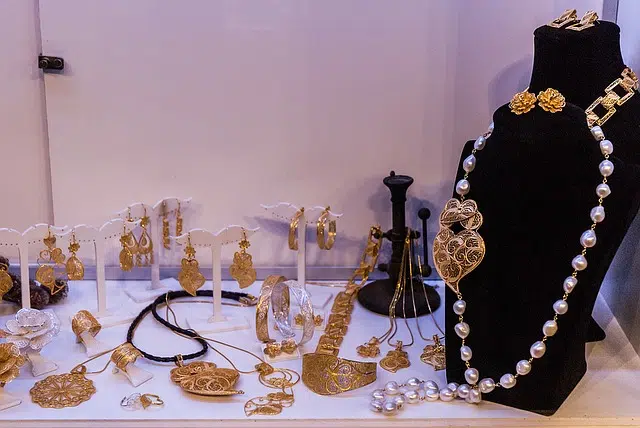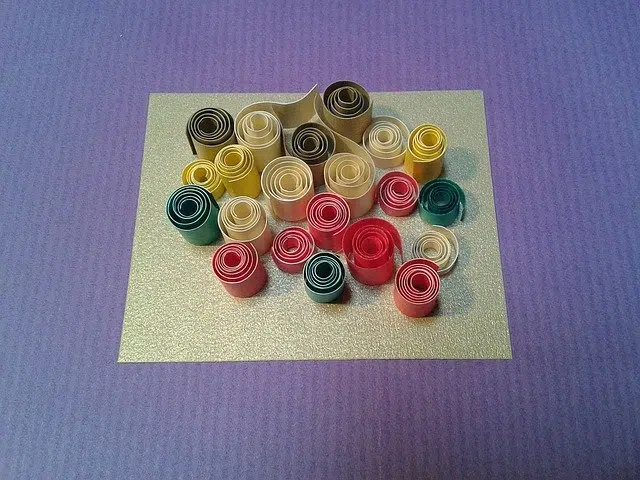
Filigree is a technique used in jewelry.
Filigree is a concept that comes from the Italian language. The Royal Spanish Academy ( RAE ) recognizes four meanings of the term in its dictionary.
The first meaning mentioned by the RAE refers to work done with silver and gold threads . In these works, the threads are joined with delicacy and precision, making the result very fine.
Filigree in jewelry
In the field of jewelry and goldsmithing , filigree is carried out by filling figures with silver or gold threads. The goldsmith makes the drawings and then uses the intertwined threads to complete the piece.
The origins of the technique are remote: there are records dating back to 3,000 BC . Etruscans, Egyptians and Greeks developed this procedure that reached its most advanced point with the Byzantines.
Filigree also stood out on the American continent during the pre-Columbian period. In the archaeological zone of Monte Albán ( Mexico ), for example , gold pectorals from the Zapotec culture made with this resource were found. It should be remembered that the pectorals were ornaments that certain authorities wore on their necks, covering part of their chest with them.
Development of the technique
Filigree requires artisanal work and has a high level of complexity. The result resembles lace .
To produce the threads, the metal is melted and rolled. With the wire drawer, the appropriate thickness is obtained, which is generally less than 1 mm . To complete the drawing, the threads can be woven with clips or can be welded to a sheet that functions as a support.
When support is not used, it is called an open job. On the other hand, if a support is used, it is a work with a base support.

Paper filigree is made with rolled strips.
paper filigree
Paper filigree is the art that is based on the rolling of strips to create different designs. For this, a winder is used, where the paper strips are placed.
As the strips roll on themselves, when gluing them on a support, three-dimensional designs (with relief ) are achieved. Like jewelry filigree, this technique – known in English as quilling – is very old.
It is believed that paper filigree emerged in the 2nd century in Chinese territory. During the Renaissance , it gained popularity in Europe from the imitation of silver and gold filigree.
watermark
Another use of the notion of filigree refers to the image that, on a sheet, is formed by a difference in thickness . Also called a watermark or watermark , its purpose is to prevent counterfeits.
The filigree can be seen against the light. In its origins, the brand allowed us to differentiate between paper manufacturers.
The filigree, a bush
According to the RAE , in Cuba the filigree is a wild shrub . This plant belongs to the verbenaceae family group.
The filigree has fragrant leaves, whose edges are wavy. Its flowers are small and its fruit looks like a pineapple.
